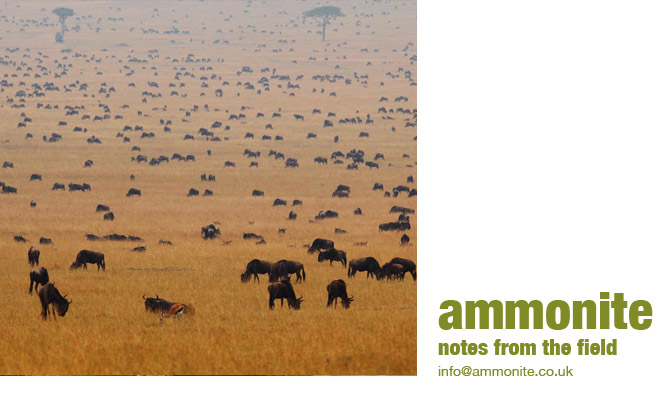 This is Kathy Lee: photo by Fernando Campos
This is Kathy Lee: photo by Fernando Campos20 years ago I made my first film in Santa Rosa, Costa Rica, it was about Coatis but while making this film with Joel Seanz of the University of Heredia, I also met some dedicated scientists studying the resident monkey population - the Monkey People. At that time they were
Linda Fedigan, Katie Mackinnon and Lisa Rose. The Monkey People told me about their study of various groups of white-faced capuchins in Santa Rosa and described fascinating stories of the forest.
To help describe the different monkeys, they give them all names - one little female, born in 1989 was called Kathy Lee
Six years later I returned to make my second film here, Lisa Rose was still there, trudging the forest trails and that's when I was introduced to Kathy Lee, just entering adulthood she was notable for her maleness and would often go squirrel-hunting with the boys. Her first attempts at sex play would result in her mounting a (confused) male.
Another two years went by and I was back to make my third film, this one about monkeys*, I was helped immeasurably by the Monkey People; Lisa Rose,
Kathy Jack and Barbara Welker.
I was happy to see that Kathy Lee was now a mother.Last week, I was back in Santa Rosa, the Monkey People have changed again, this time Claire Sheller and Mackenzie Bergstrom took me to meet the monkeys.
Guess who was the first monkey that I saw? Yup! it was Kathy Lee, now the alpha female and having a massive argument with the only mature male of the group, Cayenne.
Mackenzie had been the one watching the monkeys and had noticed that Cayenne had been having a bad day for a monkey: Firstly, at dawn, he failed to notice a puma under the sleeping tree. The puma followed the monkeys as they set off to forage.
If you're a male white-faced capuchin, your job is to look out for predators and warn the group. Cayenne failed badly. Perhaps that’s why Kathy Lee was so upset with him. He also later stole a grasshopper from her by biting her hand, and now Kathy Lee was really mad, gathering the whole group to threaten and shout at Cayenne. Not a proud moment in his career as an alpha male, but for me it was really nice to see Kathy Lee, now a grandmother - still feisty after all these years.
I suspect Cayenne’s tenure as alpha male is nearly over.Martin Dohrn*
3 monkeys(BBC Natural World / Discovery)








